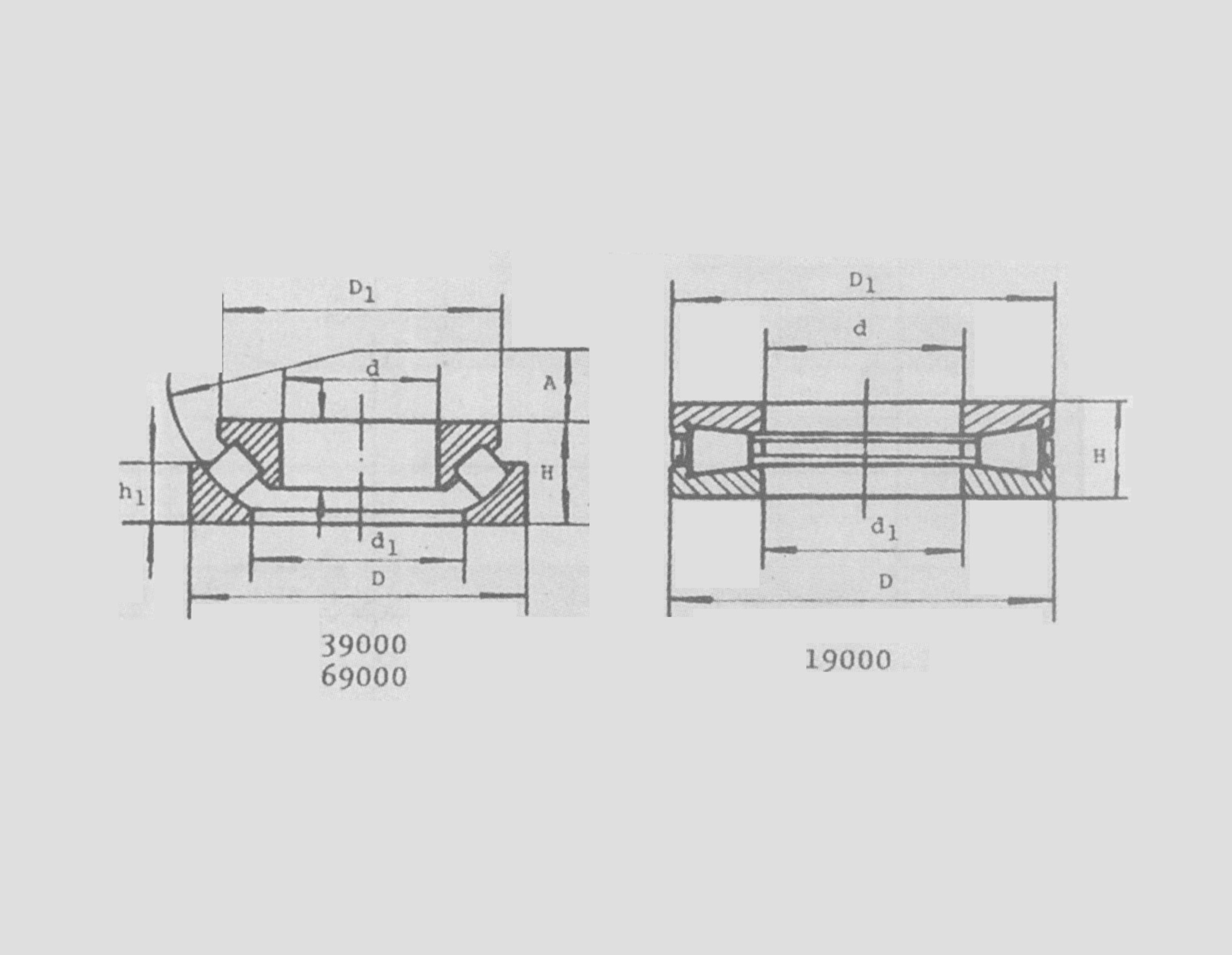
Nov . 01, 2024 17:39 Back to list
Understanding the Characteristics and Applications of NJ209 Bearings in Machinery
Understanding NJ 209 Bearing A Comprehensive Overview
The NJ 209 bearing is a crucial component in various mechanical applications, known for its reliability and performance. As a member of the cylindrical roller bearing family, it features a unique design that supports high radial loads and provides efficient rotational movement. In this article, we will delve into the specifications, applications, advantages, and maintenance of the NJ 209 bearing.
Specifications
The NJ 209 bearing has specific dimensions that make it suitable for various industrial applications. Typically, it has an inner diameter of 45 mm, an outer diameter of 85 mm, and a width of 19 mm. One notable aspect of the NJ series bearings is their use of two integral flanges on the outer ring, which allows for axial displacement of the inner ring. This design is particularly beneficial in applications where thermal expansion occurs, helping to prevent premature bearing failure.
Applications
The versatility of the NJ 209 bearing allows it to be found in numerous applications. It is commonly used in the automotive industry, particularly in gearboxes, electric motors, and wheels. Additionally, it is employed in various machinery and equipment, such as conveyors, pumps, and compressors. Its ability to handle high-speed rotational movements while maintaining stability makes it a preferred choice in sectors that demand precision and durability.
nj 209 bearing

Advantages
One of the primary advantages of the NJ 209 bearing is its capacity to support high radial loads while also accommodating moderate axial loads. This makes it useful in applications with varying load conditions. Furthermore, its design contributes to lower friction, resulting in improved energy efficiency and reduced heat generation. The ease of installation and replacement is another significant benefit, as it often leads to less downtime in production processes.
Maintenance
Proper maintenance is critical to ensure the longevity and performance of the NJ 209 bearing. Regular inspections should be conducted to identify any signs of wear, damage, or lubrication issues. It is also essential to keep the bearing clean and free from contaminants, as dirt and debris can drastically reduce its lifespan. Applying the correct lubricant at recommended intervals can help maintain optimal performance and prevent premature failure.
Conclusion
The NJ 209 bearing is a vital component in many mechanical systems due to its unique features and benefits. Understanding its specifications, applications, and maintenance requirements is essential for anyone working with machinery that employs this type of bearing. By ensuring proper care and regular maintenance, users can maximize the bearing’s performance and extend its service life, contributing to the efficiency and reliability of their operations. Whether in automotive applications or industrial equipment, the NJ 209 bearing remains a trusted choice for engineers and technicians alike.
Latest news
-
Grooved Ball Bearing Design and Functionality
NewsJun.04,2025
-
Concrete Mixer Bearing Load Capacity Testing
NewsJun.04,2025
-
6004 Bearing Dimensions in Robotic Joint Designs
NewsJun.04,2025
-
Advantages of Single-Row Deep Groove Ball Bearings
NewsJun.04,2025
-
Applications of Deep Groove Ball Bearings in Automotive Systems
NewsJun.04,2025
-
Innovations in Bearing Pressing Machine Design
NewsJun.04,2025
